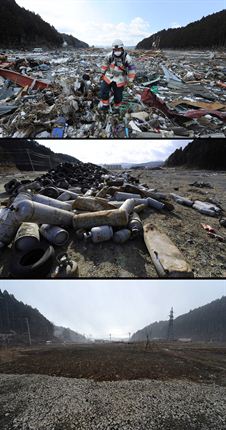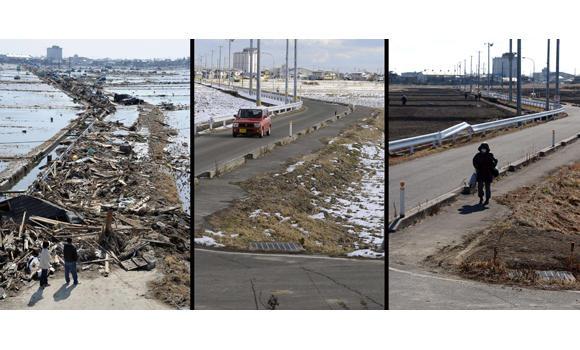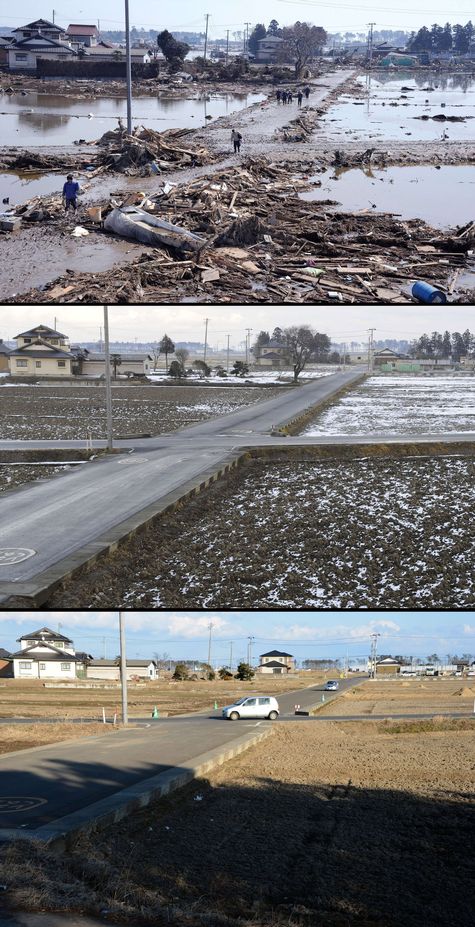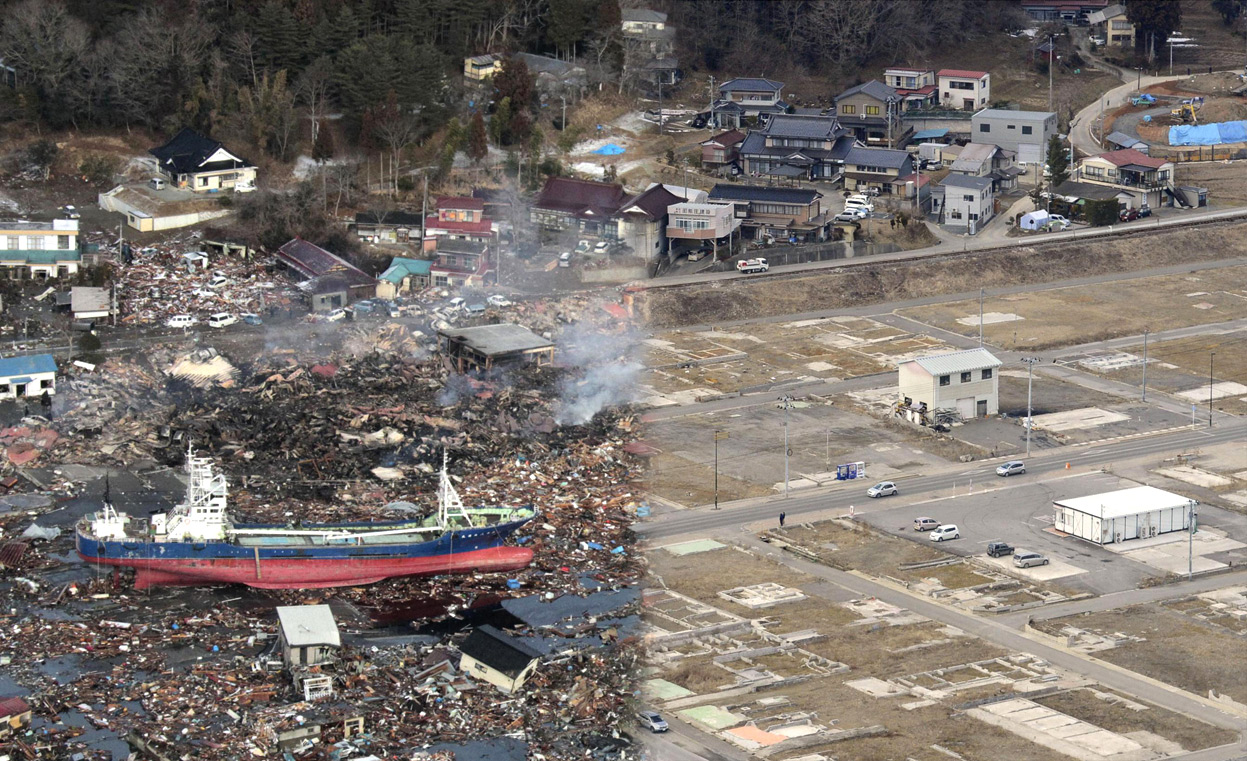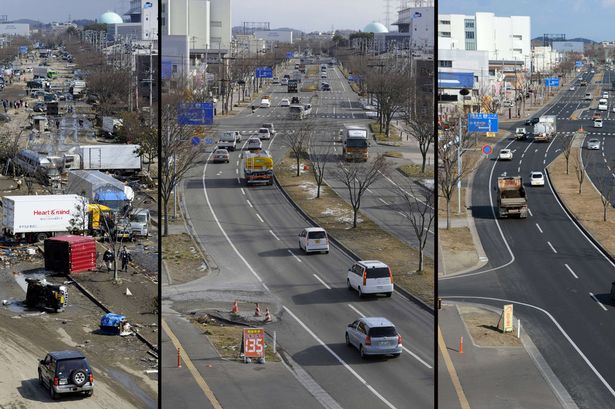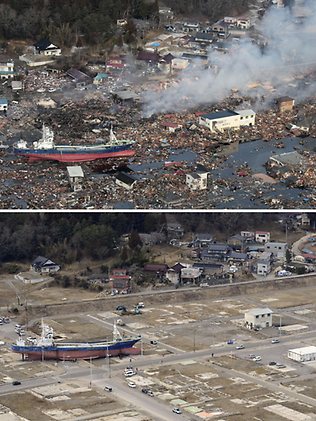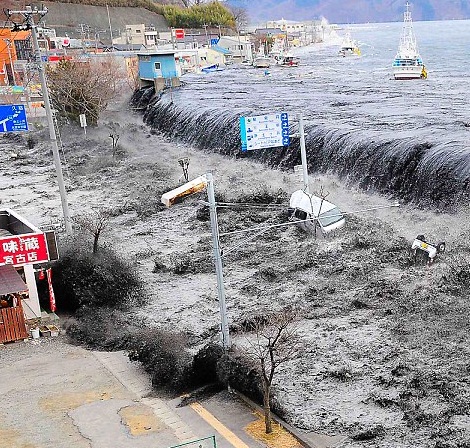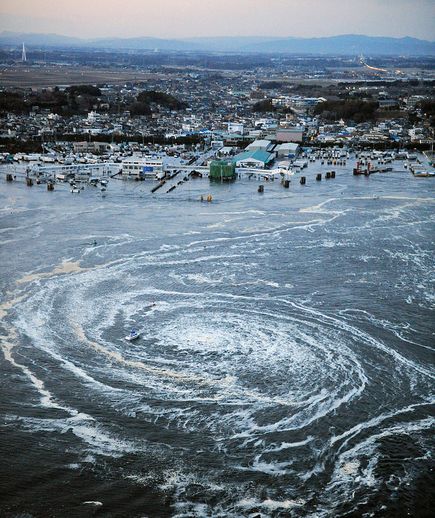How Japan Is Coping Two Years After The Tsunami
On 11 March 2011, the world was shocked by a triple disaster that left Japan to rumbles. A 9.0 magnitude earthquake - the worst in Japan history, triggered a 30 meter tsunami, and caused a triple meltdown at the Fukushima Daiichi nuclear power plant. Almost 19,000 were killed, 315,000 stranded and even more wonder their fate as they restlessly wait for the government to rebuild the nation. As we give a moment of silence to the victims of the 2011 Japan tragedy, SAYS looks at Japan to understand how the nation and her people are coping and rehabilitating 2 years on.
The power plant clean-up just begun and residents are still at risk to radiation
For all the signs of progress since a year ago, the biggest, and most complex, nuclear decommissioning operation the industry has ever seen has barely begun.
Radiation levels in the abandoned communities near Fukushima Daiichi nuclear power plant have fallen 40% in the past year.
In the most contaminated area, WHO estimated that there was a 70% higher risk of females exposed as infants developing thyroid cancer over their lifetime.
The report also estimated that there was a 7% higher risk of leukaemia in males exposed as infants, and a 6% higher risk of breast cancer in females exposed as infants.
The report concluded that for the general population inside Japan, the predicted health risks were low, but that one-third of emergency workers were estimated to have increased risk.
Now, Japan is about to embark on a clean-up that could cost at least $100bn and a decommissioning of the plant that could take 30 to 40 years.
The Fukushima Daiichi nuclear plant has been brought into a stable state known as “cold shut down” but decommissioning its damaged reactors will take decades and cost billions of dollars.
Some 160,000 evacuees are anxious to return to their abandoned homes around Fukushima but worried about the still uncertain risks from exposure to the radiation from the disaster.
There have been no clear cases of cancer linked to that radiation, but the turmoil, doubt about the future and long-term health concerns, have taken an immense psychological toll on thousands.
Another lingering problem is discrimination against evacuees from Fukushima. Many fear their children will find it hard to find spouses due to worries over potential long-term harm from radiation.
Watanabe, a former nuclear plant employee, said his sons are sometimes shunned or taunted by classmates who say things like, "Don't come near me. You're radioactive."
A recent survey showed some 70% of Japanese want to phase out nuclear power eventually.
An equal number support prime minister, Shinzo Abe, who wants to restart off-line reactors if they meet new safety standards as he pushes policies aimed at reviving a long-stagnant economy.
The government looks likely to back away from a decision to phase out nuclear power by the 2030s. It may take a decade to decide on what Japan's energy mix should be.
Two years later, Japan still struggles with recovery
Two years later, rebuilding the northeast is still patchy. Almost 300,000 people still live in temporary housing.
Throughout the disaster zone, the tens of thousands of survivors living in temporary housing are impatient to get resettled, a process that could take up to a decade, officials say.
Japan has struggled to clean up radiation from the Fukushima Dai-Ichi nuclear plant and rebuild lost communities along the coast.
Now, nearly all the rubble has been removed, or stacked neatly, but reconstruction on higher ground is lagging, as government red tape has slowed recovery efforts.
“We are standing at the crossroads of having to decide how we will live and what actions we should take,” said Sakari Minato, 49, now living in a house damaged by the tsunami.
About the 2011 Japan earthquake-tsunami-Fukushima nuclear disaster
Japan's Fukushima region transformed from rural haven to ravaged wasteland when the earthquake and tsunami struck in March 2011.
March 11 - a massive earthquake, 8.9 on the Richter scale, unleashes a huge tsunami which crashes through Japan's eastern coastline, sweeping buildings, boats, cars and people miles inland.
March 13 - three nuclear reactor at the Fukushima Daiichi nuclear plant meltdown due to the failure of the cooling system, 170,000 people was evacuated from a 12-mile radius.
Almost 19,000 people was killed and 315,000 evacuees stranded, including refugees who fled radiation from the devastated Fukushima atomic plant.

